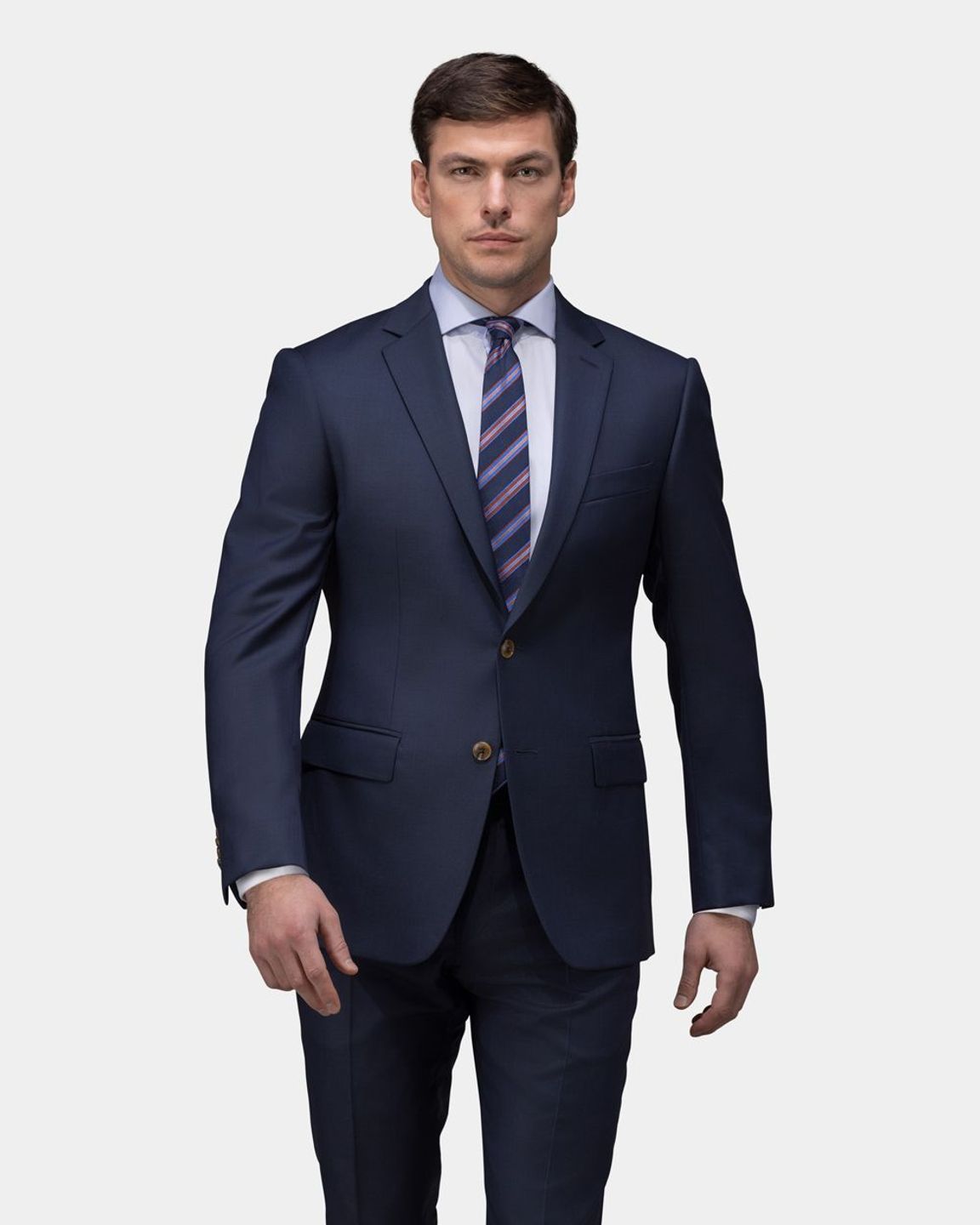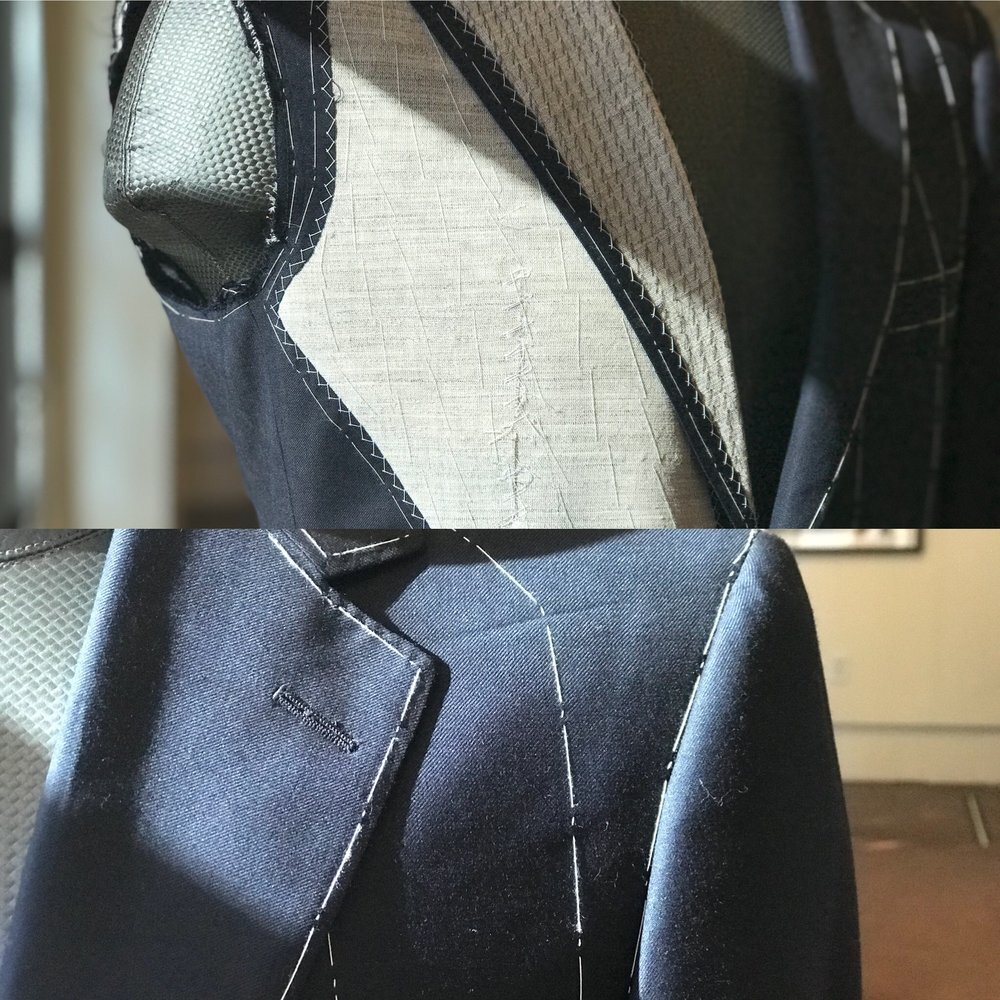Tailor Perth: Experience the Finest Custom Tailoring in Perth
Wiki Article
Recognizing the Tailoring Process: From Textile Choice to Final Fitting for the Ideal Wardrobe
The customizing procedure is a complex interplay of art and science, starting with the critical choice of fabric selection and finishing in the specific changes of final fittings. Each fabric kind brings unique top qualities that affect not just the aesthetic charm yet also the garment's longevity and suitability for various celebrations. Comprehending the subtleties of customizing techniques can raise one's closet to unprecedented levels of class. As we check out these aspects additionally, one have to think about how also the tiniest details can considerably affect the general outcome of one's individual style.Value of Textile Option
Selecting the best textile is vital in the tailoring procedure, as it straight affects the convenience, sturdiness, and overall aesthetic of the final garment. The option of textile establishes the foundation for the garment's performance, capability, and design. Various materials possess special properties, such as breathability, stretch, and weight, which can dramatically impact how the garment drapes and fits the body.
A customized piece made from a suitable material not only showcases workmanship but likewise boosts the user's confidence. As a result, understanding the nuances of textile choice is paramount for any kind of customizing venture. It makes sure that the end product not just satisfies the aesthetic desires of the customer yet likewise straightens with useful demands, thus attaining a harmonious equilibrium between kind and feature in the customized closet.
Sorts Of Fabrics and Their Usages
Recognizing the various kinds of materials available is important for making informed choices throughout the tailoring process. Each textile possesses one-of-a-kind features that determine its viability for particular garments and events.Cotton, known for its breathability and gentleness, is optimal for laid-back wear and summertime apparel. Its convenience enables it to be customized into every little thing from shirts to dresses. Wool, on the various other hand, is favored for its heat and structure, making it an outstanding selection for formal suits and outerwear. Its all-natural elasticity helps garments preserve shape over time.
Silk shows luxury and is light-weight, making it excellent for eveningwear and delicate blouses; nevertheless, it requires cautious handling as a result of its frailty. Linen, with its distinctive finish, is a preferred choice for cozy climates, providing a crisp and airy feel, yet it wrinkles easily, which might affect the garment's appearance.
Artificial materials, such as polyester and nylon, deal durability and resistance to wrinkles, making them appropriate for everyday wear and energetic clothes. Recognizing these material types and their homes enables far better decision-making, guaranteeing that each customized item not just view publisher site fits well but likewise aligns with the designated objective and celebration.
The Tailoring Methods Described
The art of tailoring relies upon a selection of methods that change material into well-fitted garments. Central to this procedure is pattern composing, where a tailor produces design templates based on the client's measurements and wanted design. This preliminary step guarantees that the garment will fit the wearer properly before any kind of reducing occurs.As soon as patterns are developed, reducing techniques enter play. Precision is vital as inaccuracies can lead to misfitting garments. Tailors usually use numerous cutting approaches, such as single-layer reducing for intricate styles and multiple-layer cutting for performance on common patterns.
Basting is one more vital strategy, enabling dressmakers to briefly sew textile items together for a preliminary fitting (tailor perth). This method uses the possibility to assess the drape and general silhouette prior to last sewing
Seaming strategies, including flat-felled joints and French seams, improve the garment's sturdiness and visual charm. Tailors likewise employ strategies such as interfacing and padding to offer framework and shape to particular locations, like collars and shoulders.
Last but not least, finishing strategies, consisting of hemming and edge completing, make certain the garment's durability while offering a polished appearance. With each other, these methods form the backbone of reliable tailoring, leading to charming, tailor-made garments.

Fitting Adjustments and Considerations
After the initial tailoring strategies have actually been applied and the garment is created, fitting changes become paramount to achieving the ideal fit. These adjustments resolve various facets of the garment, ensuring it contours to the user's body form and improves total appearance.
The surge of trousers is an additional critical aspect; it ought to sit conveniently above the hips without creating pain, permitting ease of activity. Hemming sizes for both pants and skirts should mirror the user's favored design while valuing percentages.
Moreover, focus should be provided to the back of the garment, guaranteeing that there are no unsightly pulls or excess textile - custom suits perth. Each adjustment should be meticulously considered, as also minor alterations can dramatically affect the overall fit and aesthetic of the customized piece, ultimately leading to a closet that Website exhibits confidence and refinement
Keeping Your Tailored Attire
Always adhere to the care label directions, which might suggest dry cleaning for fragile fabrics or device washing for even more sturdy products. Prevent regular laundering, as this can put on down the fabric and alter the garment's shape.Storage space is equally important; use cushioned hangers for coats and coats to keep shoulder framework, and store pants folded up nicely or hung to avoid creasing. Secure garments from straight sunlight, which can discolor colors and damage fibers.
Additionally, routine assessments for small repairs can avoid bigger issues. Inspect for loosened switches, fraying seams, or signs of pop over to these guys moth damages, dealing with these issues promptly to preserve the garment's stability.
Finally, consider seasonal turning. Using customized pieces in moderation enables fabrics to recover, extending their lifespan. By executing these upkeep approaches, you can make sure that your tailored garments stay as pristine as the day you initially wore them, enhancing your perfect wardrobe for several years to find.
Verdict
The tailoring procedure, including textile choice, proficient strategies, and exact suitable adjustments, plays an important role in creating garments that improve both convenience and style. Comprehending the significance of maintenance extends the life of tailored garments, solidifying their value in a well-curated closet.Report this wiki page